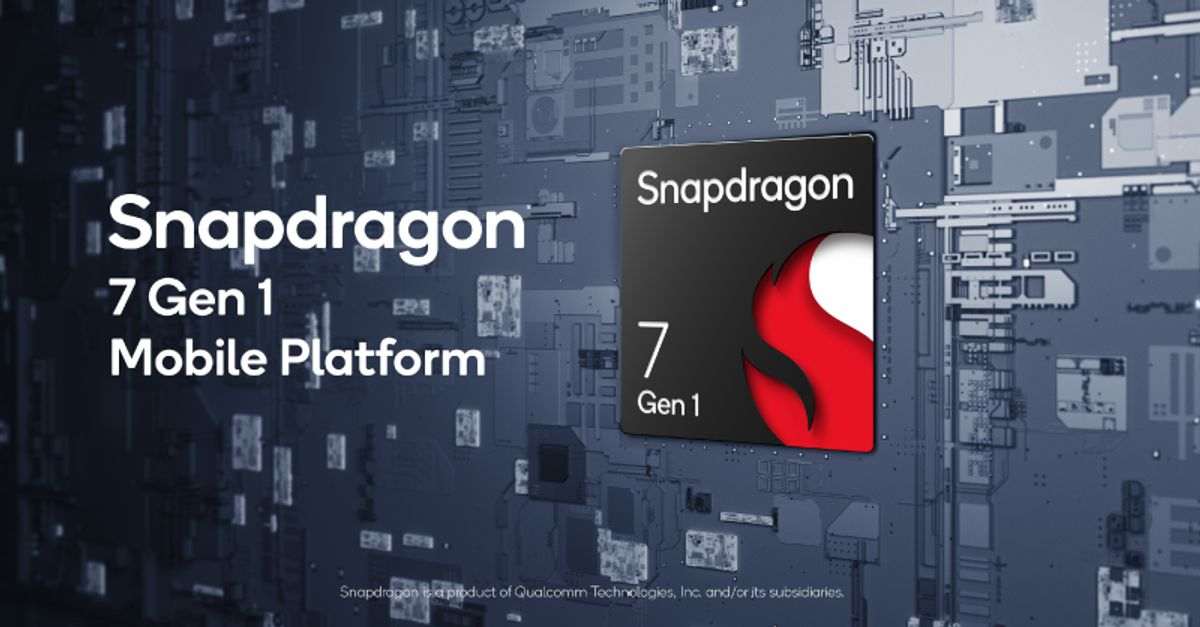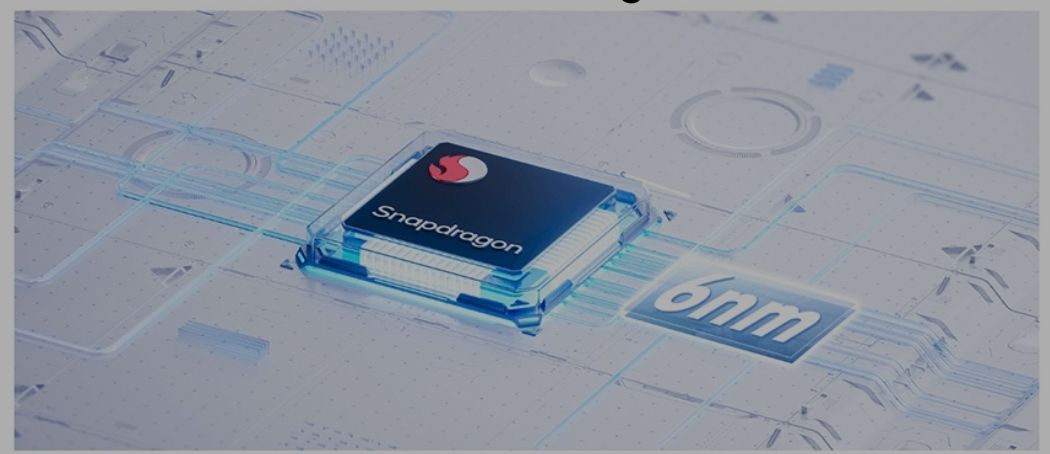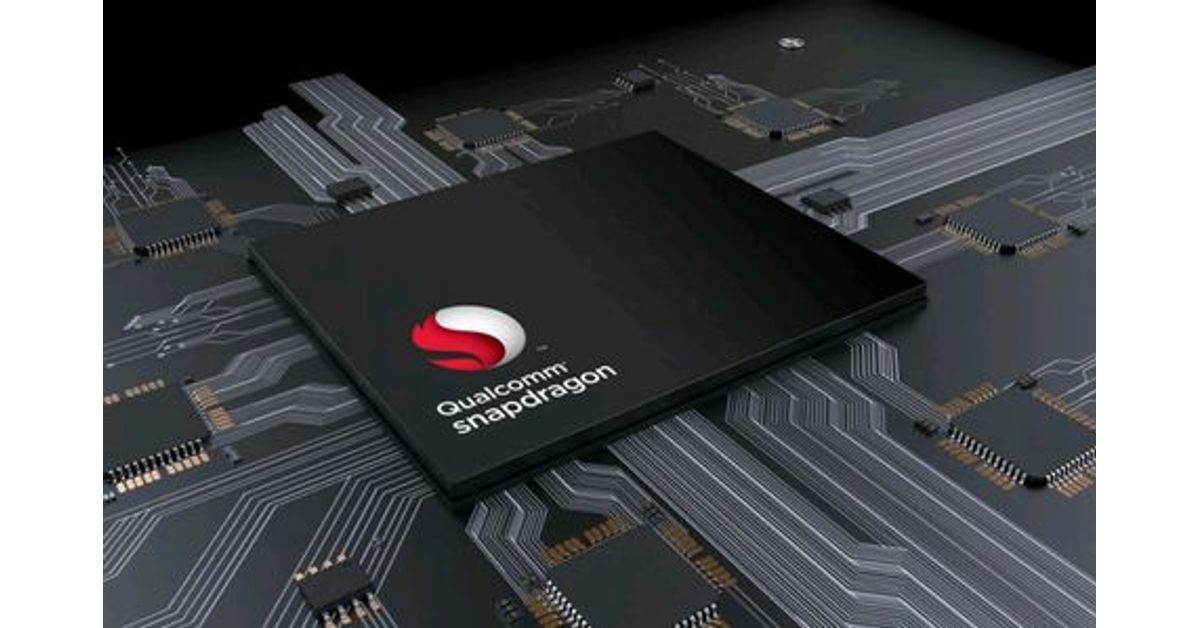Snapdragon 870: list of Snapdragon 870 phones
We were all expecting a Snapdragon 875 chipset but got a Snapdragon 888 SoC instead. It looks like Qualcomm has just released a direct successor of the Snapdragon 865. However, looking at the specs, the Snapdragon 870 SoC is an overclocked version of last year’s premium SoC.
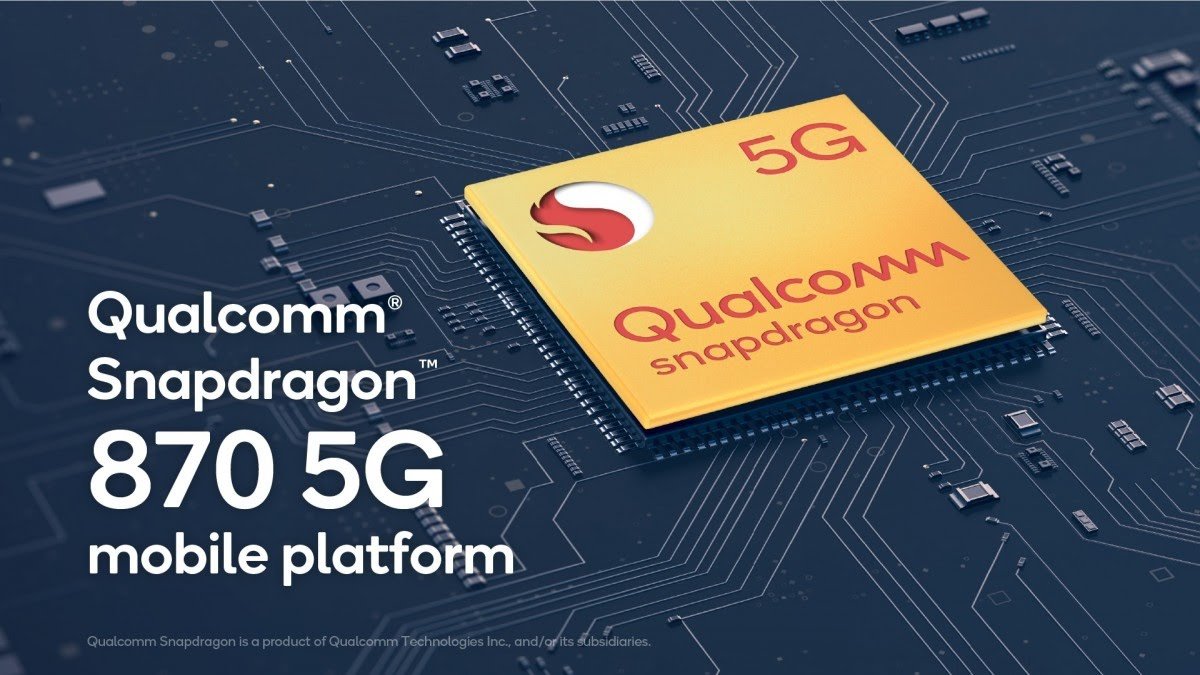
The Snapdragon 870 SoC, is built on a 7nm manufacturing process, which means optimized performance and power efficiency. It makes use of an enhanced Kryo 585 CPU prime core clocked at up to 3.2GHz. The three performance cores are based on the Cortex-A77 and clocks at 2.4GHz, while the four Cortex-A55 efficiency cores are clocked 1.8GHz.
It keeps the Adreno 650 GPU, but there has been an improvement in the performance. It features Full Suite Snapdragon Elite gaming, 4K HDR10, HDR10+, Dolby Vision, and more. The maximum on-device display support for UHD display is at 60Hz, while with QHD+, Snapdragon 870 phones get up to 144Hz.
Snapdragon 870 SoC uses Qualcomm’s fifth-generation AI engine. It features the Hexagon 698 processor, and with Hexagon Tensor acceleration, SD 870 phones are expected to achieve up to 15 TOPS performance with an incredible speed.
Behind the camera performance is the Spectra 480 ISP. It’ll handle single camera up to 200MP and 25MP dual cameras. Supported video capture for Snapdragon 870 phones are 4k HDR@ 60fps. They’ll also support shooting 8K@30fps and slo-mo up to 720p@960fps.
Of course, the Snapdragon 870 SoC supports 5G connectivity. It’s equipped with Snapdragon X55 4G LTE and a 5G modem with a download speed of up to 7.5Gbps. And it supports SA and NSA 5G nodes while the uplink speed can reach 3Gbps. It’s Wi-Fi 6 certified and supports Bluetooth 5.2, with Qualcomm Quick Charge 4+ also among the specs.
List of Snapdragon 870 phones; SD 870 phones
Motorola Edge S
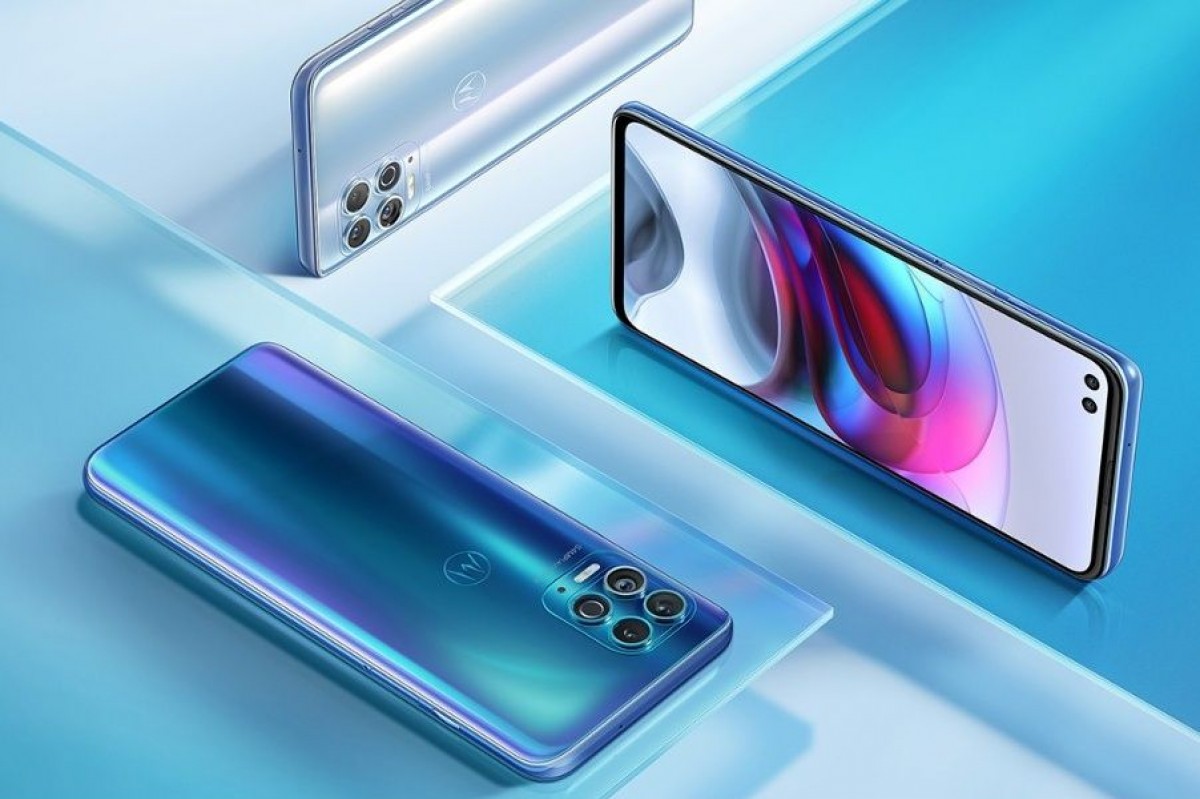
Motorola is the first OEM to release a Snapdragon 870 phone. The device is available in China at CNY 1,999 (~$309) for the 6+128GB model, while the 8+256GB UFS 3.1 storage starts at CNY 2,799 (~$432). It comes in Emerald light colors.
As for specs, the device runs the Snapdragon 870 SoC, paired with up to 8GB of RAM and Adreno 650 GPU. It draws power from a beefy 5000mAh battery with support for 20W fast charging. Luckily, the charger comes with the package. The device also keeps the 3.5mm headphone jack but could only support IP52 splash rating.
A total of 6 camera sensor is on the Motorola Edges. 4 at the back and 2 in the front. The front sensors ( 16MP + 8MP) are housed in a punch hole, while at the back, the sensors sit on a square island. It consists of a primary 64MP shooter and support shooting 6K@30fps, 16MP ultrawide, 2MP depth, and ToF sensor.
More importantly, the display. The device sports a 6.67-inch display that refreshes at 90Hz. It has a resolution of 1080 x 2530p and supports HDR10+.
Redmi K40
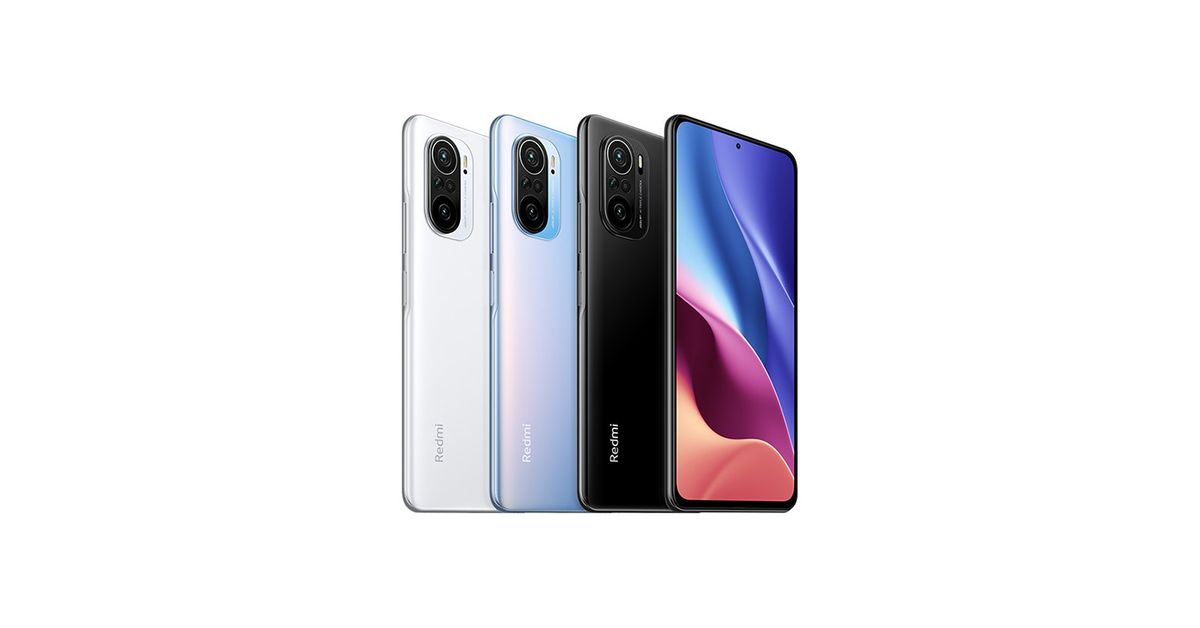
The Redmi K40 is the latest phone to feature in our list of Snapdragon 870 phones. It starts at CYN 1,999 ( ~$310), and coupled with the specs, it’s the best device you can get for around that price. The device features a 6.67-inch Super AMOLED display that refreshes at 120Hz and features HDR 10+ while the peak brightness is capped at 1300nits. For protection, the 1080 x 2400p resolution display uses Gorilla Glass 5.
Under the hood is Snapdragon 870 SoC with up to 12GB RAM and 256GB of storage. There’s no expansion slot nor a headphone jack. Outside-of-the-box, you get Android 11 on top of MIUI 12, which means the device will get Android 12 and 13. The camera is not the best around, but you’d get a better shot with the Pro+ variant. Nevertheless, the Redmi K40 will deliver a decent shot with the triple 48MP + 8MP + 5MP camera sensors, capable of shooting 4k@30fps. The front snapper has a 20MP shooter for selfie and video calls.
Power is delivered through a 4520mAh battery with support for 33W fast charging, which takes 52 minutes for a full charge. The fingerprint scanner is side-mounted. Other features of the Redmi K40 are NFC, infrared, Bluetooth 5.1. The device will be available in White, Black, and Aurora color options.
Xiaomi Mi 10S
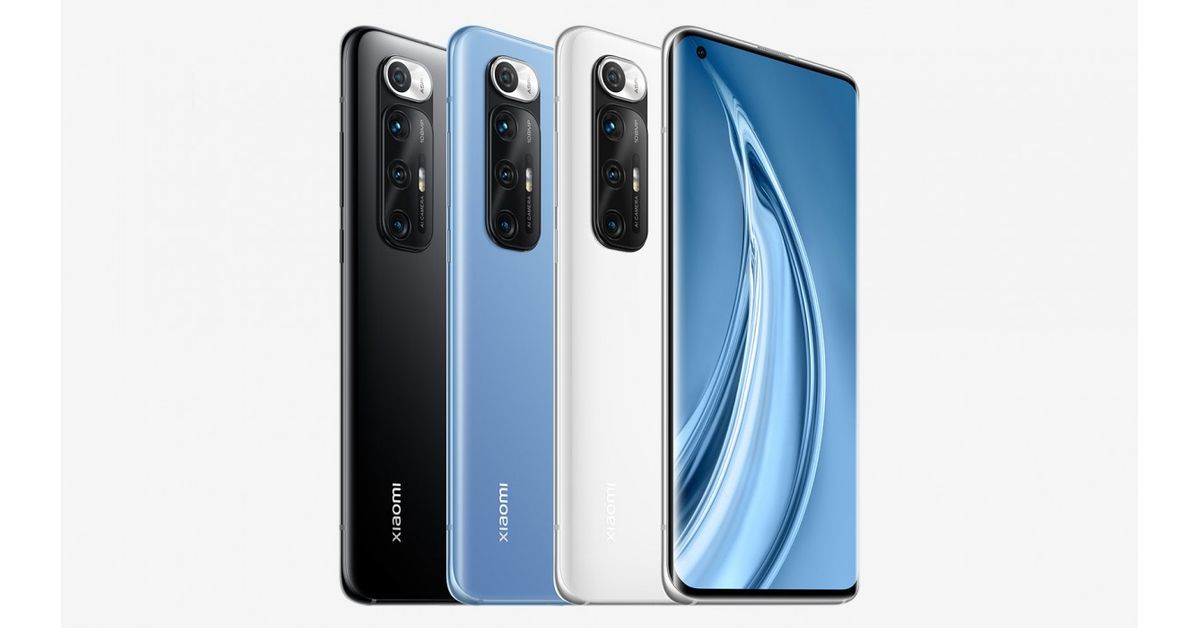
Xiaomi has just refreshed the Mi 10 series, although the predecessor is already making waves. It’s a refreshed version of the last year’s flagship but features a Snapdragon 870 SoC. Qualcomm launched the processor a couple of weeks ago, and on the Mi 10S, it is paired with up to 12GB (LPDDR5 RAM) and 256GB UFS 3.0 storage. Powering the device is a 4,780mAh battery with 33W wired, 30W wireless, and 10W reversed charging. Outside-of-the-box, the device runs Android 11 on top of MIUI 12.
Around the front panel is a 6.67-inch FHD AMOLED display that refreshes at 90Hz. It has the four edges curved, supports HDR10, and is Corning Gorilla Glass 5 protected. The panel has a punch hole for the 20MP selfie camera and a fingerprint sensor underneath. According to DxOMark, the Mi 10S is the best speakerphone for now. Thanks to the partnership with Harman Kardon.
At the back panel, there’s a Quad-camera arrangement. It’s similar to that of Mi 10 Ultra in terms of design. The arrangement features a primary Samsung 1/1.33″ 108MP sensor with optical image stabilization. There’s an 8MP ultrawide angle-lens, 2MP macro, and 2MP depth sensor. Price starts at $506, with the first sale scheduled on March 12 – China exclusive.
POCO F3

PRICE: €349| ORDER FROM AMAZON ; ALIEXPRESS
POCO has finally introduced its newest F-series phone since the POCO F2 Pro. It essentially a rebadged Redmi K40 but offered in Night Black, Arctic White, and Deep Sea Blue. Instead of the MIUI system launcher, the POCO F3 runs the POCO launcher with MIUI 12 on top of Android 11. That makes the device eligible for the MIUI 12.5 and Android 12.
Meanwhile, under the helm is Qualcomm Snapdragon 870 SoC paired with up to 8GB LPDDR5 RAM and 256GB UFS 3.1 storage. It features Adreno 660 GPU and Game Turbo for individual customization of games. That’s complemented by the tall 6.67-inch E4 AMOLED display with 1300nits peak brightness.
The panel will display accurate colors under light, thanks to the True Color feature. Also, it supports HDR10+ for high-quality details under the protection of a Corning Gorilla Glass 5.
The camera features a Triple setup of a primary 48MP shooter, 8MP ultrawide angle-lens, and 5MP macro sensor. At the back is what POCO called a zoom speaker. It works when you zoom in during a video shoot to make the sound clear. The front snapper uses a 20MP shooter and supports face unlock.
Powering the device is a 4520mAh battery with 33W fast charge support. It charges the device in 52 minutes and can last for 10hours on gameplay. There are an X-axis vibrator motor and Dolby Atmos dual speakers. POCO F3 has a side-mounted fingerprint scanner.
Vivo X60 and X60 Pro

The Vivo X60 and X60 Pro is the latest addition to our list of Snapdragon 870 phones. They look alike, and it would difficult to differentiate both, but we’ll do just that. Meanwhile, Both phones feature Snapdragon 87SoC, paired with up to 12GB RAM and 256GB, without an expansion slot.
The device sports a 6.56-inch AMOLED panel and is the same for both phones, but different features. Vivo X60 Pro uses an LTM display designed in collaboration with Qualcomm. It has the side curved, unlike the X60 with a flat display. Both panels refresh at 120Hz and feature a 240Hz touch sampling rate. The display has a FullHD+ resolution with an HDR10+ certification, meaning you can stream HDR content and video playbacks.
Another significant change is the camera. Although both phones feature the same sensor, the primary 48MP sensor on the Pro variant has a bright f/1.5 aperture, while the vanilla version uses an f/1.8 aperture lens. Of course, the Pro variant will take better shots as it supports pixel shift technology. Thanks to the unique gimbal system, which is more stable than typical OIS. The sensor features Zeiss optics to improve shots on the Pro variant, and even more with the ZEISS Biotar bokeh.
The 13MP Ultra-wide lens is the same across the board with a 120° field view. There’s a 13MP telephoto lens with 2x optical zoom, while the front camera has a 32MP sensor.
Powering the vanilla version is a 4200mAh while the Pro gets an extra 100mAh. Both tops up at 33W via a USB-C port and runs Android 11 on top of FunTouch OS 11.1. The phone lacks a headphone jack but features Hi-Res Audio. It’s a single speaker, unfortunately.
ZTE Axon 30 5G

The ZTE Axon 30 5G is the latest device to run the Snapdragon 870 SOC. It’s the company’s second device to sport an under-display selfie camera. However, with the power-hungry specs, the battery capacity is a letdown and might be the reason most people will choose a different device.
Axon 30 5G sports a tall 6.92-inch AMOLED display with support for a 120Hz refresh rate. Under the hood is the Snapdragon 870, aided with up to 12GB of RAM and 256GB internal storage. Outside of the box, the device runs Android 11 on top of MyOS 11.
The camera is where things got interesting at least on paper. It’s a primary 64MP sensor paired with an 8MP ultra-wide, 5MP macro shooter and 2MP depth sensor at the back. At the front panel is a 16MP shooter that sits under the display.
Other features of the device are a 4200mAh battery, 55W fast charging support, optical under-display fingerprint scanner, Wi-Fi direct, dual speakers, NFC, and a microSDXC SIM card slot. The device is available in Black and Aqua color options.
POCO F4

The POCO F4 is the successor of POCO F3, and surprisingly, both are powered by the same Snapdragon 870 processor. Also, there’s only a minor upgrade, so unless you want a longer support period, you can purchase the POCO F4. Also, the device has a premium look with its glass back, while the camera bump is also something to consider.
Meanwhile, the POCO F4 has a 6.67-inch AMOLED display, protected by Corning Gorilla Glass 5. The Snapdragon 870 SoC is paired with a 12GB of RAM and 256GB of ROM while powered is supplied from a 4500mAh battery with 67W fast charging support.
Unlike the predecessor, POCO F4 has an OIS to its primary 64MP camera sensor. There’s also an 8MP ultra-wide and 2MP macro sensors, with the front shooter a 20MP lens. You can check the complete features here.
Vivo S16

Vivo S16 arrived in December 2022, running Snapdragon 870 octa-core SoC. That qualifies the device to feature on our list of Snapdragon 870 phones.
The device has a 6.78-inch AMOLED display that refreshes at 120Hz and features HDR10+. Aiding the SD 870 SoC is a 12GB RAM with up to 512GB of storage, while power is from a 4600mAH battery with 66W fast charging support.
Vivo S16 runs Android 13 on top of Origin OS 13 outside-of-the-box, and it’s likely to receive Android 14 when it becomes available.
Around the back is a triple camera arrangement consisting of a primary 64 MP shooter, 8MP ultra-wide, and 2MP macro sensor. The front camera uses a single 50 MP lens. You can grab the device from under $400 in Black, Mint, and Gold.
Xiaomi 12X
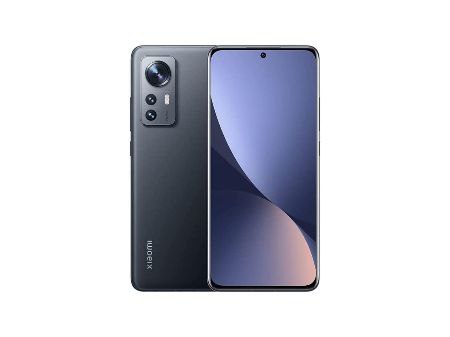
The Xiaomi 12X is affordable option to the Xiaomi 12 and Xiaomi 12 Pro. It’s a 5G-enabled device with a decent price, starting at $399.
The 6.28-inch AMOLED display is protected by Gorilla Victus Glass. It supports 120Hz, Dolby Atmos, HDR10+, and a peak brightness of 1100 nits. Outside-of-the box, the device runs Android 11 on top of MIUI 13 but is currently on Android 13 with a stable MIUI 14.
For optics, there’s a primary 50MP sensor with OIS, a 13MP Ultra-wide lens, and 5MP telephoto macro shooter with Auto Focus. The front camera is a single 32MP sensor with HDR support. The device supports an under-display optical fingerprint sensor.
Power is delivered by a 4500mAh battery with 67W fast charging support. Other features include an IR blaster, Infrared, NFC, stereo speakers, and 8K video recording.
